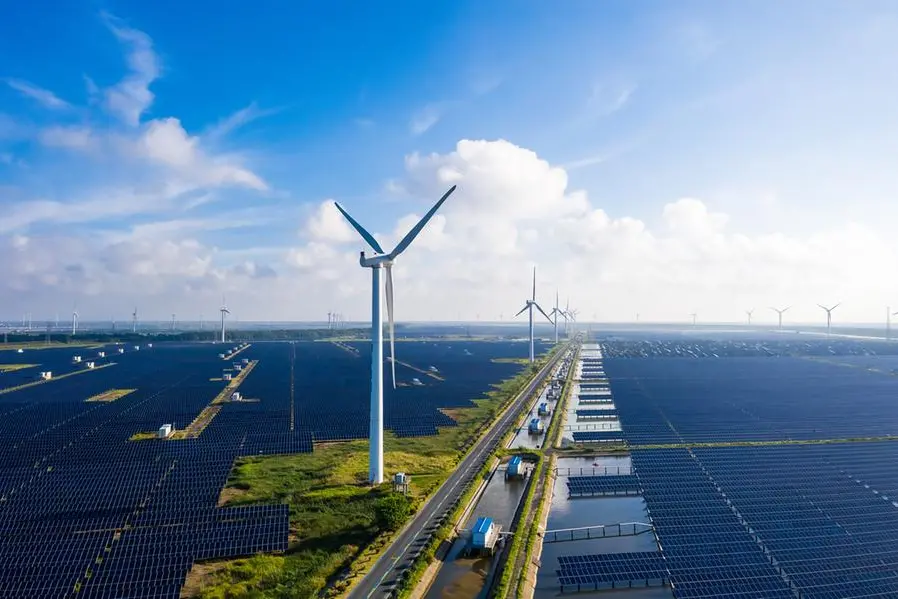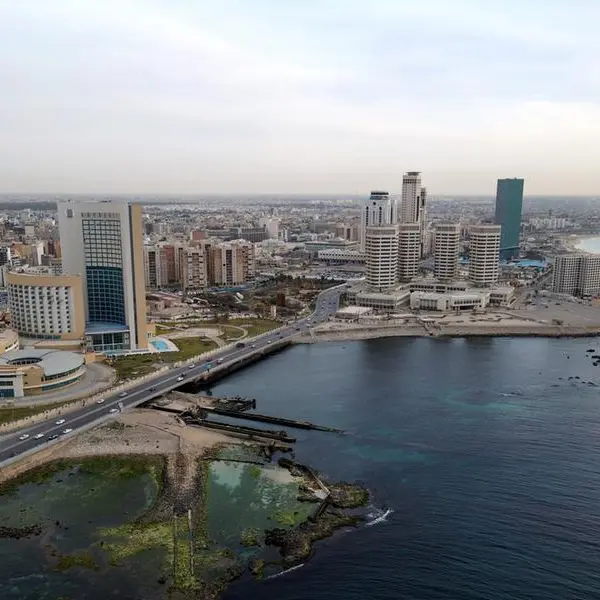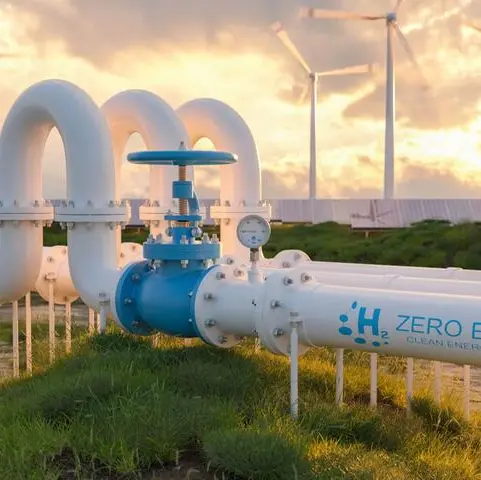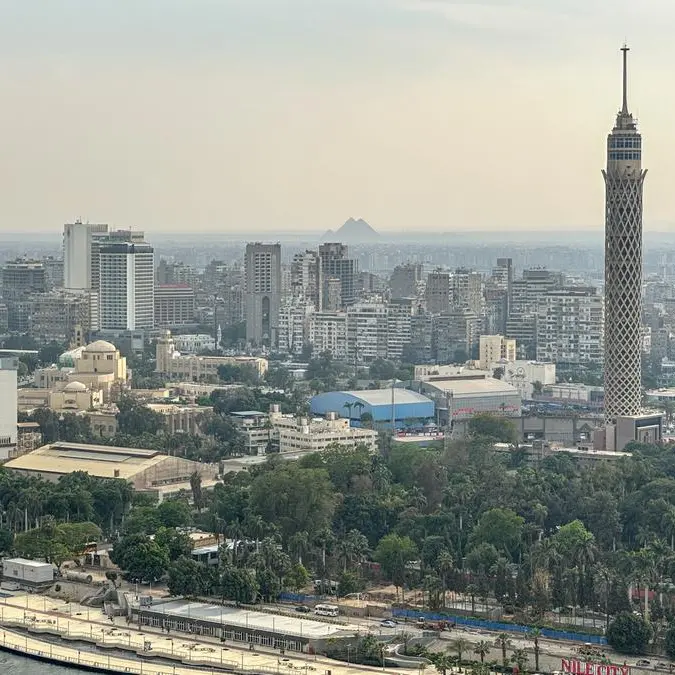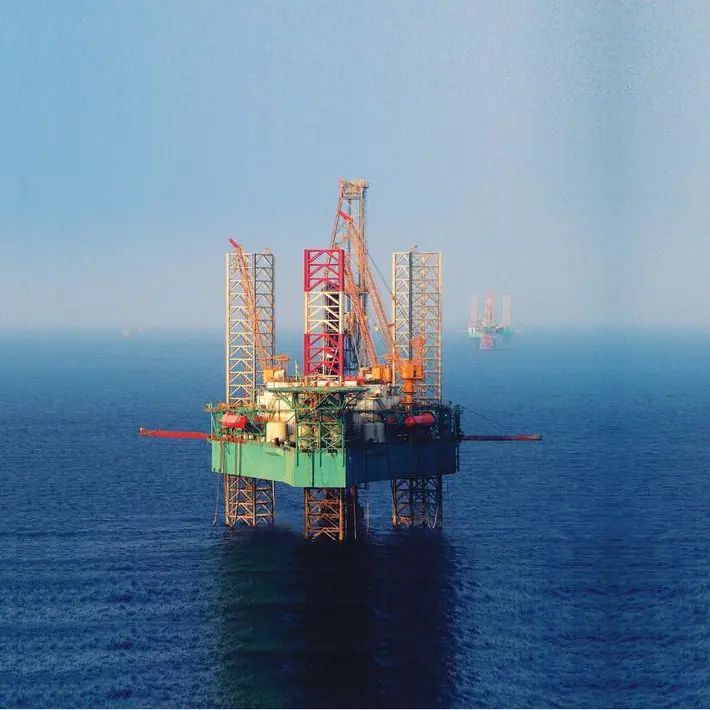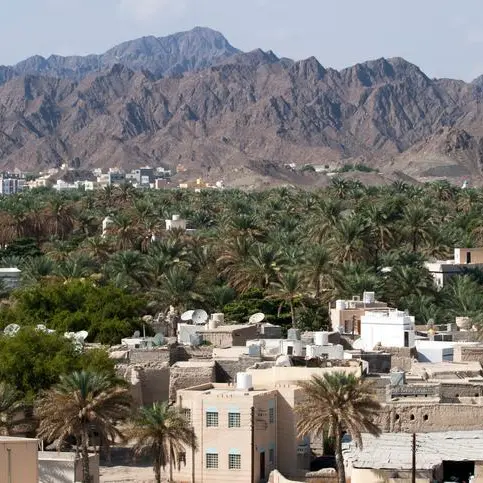PHOTO
Oman has the potential to become one of the most competitive producers of renewable hydrogen, potentially producing low-emission hydrogen at $1.60/kg by 2030, according to a new report by the IEA.
With hydrocarbon exports accounting for 60% of its total export income in recent years, the country could account for more than half of the Middle East's hydrogen exports by the turn of the decade, according to the report: Renewable Hydrogen from Oman: A Producer Economy in Transition.
Oman aims to produce at least 1 million tons of renewable hydrogen a year by 2030, up to 3.75 million tonnes by 2040. By 2050, the target moves up to 8.5 million tonnes which would be greater than total hydrogen demand in Europe today. The 2040 hydrogen target would represent 80% of Oman’s current LNG exports in energy-equivalent terms, while achieving the 2050 target would almost double them, the report noted.
Based on IEA analysis of the current global project pipeline, Oman is on track to become the sixth largest exporter of hydrogen globally, and the largest in the Middle East, by 2030. There is already a pipeline of renewable projects under development set to boost renewable electricity generation to meet the decarbonisation targets
However, meeting the 2030 target for hydrogen would require around 50 TWh of additional captive renewable electricity, more than today’s total generation capacity. Cumulative investment needs by 2030 would be around $33 billion; $20 billion for captive renewable power dedicated to hydrogen production and $13 billion for electrolysis and ammonia conversion, according to IEA estimates.
(Writing by Brinda Darasha; editing by Seban Scaria)
